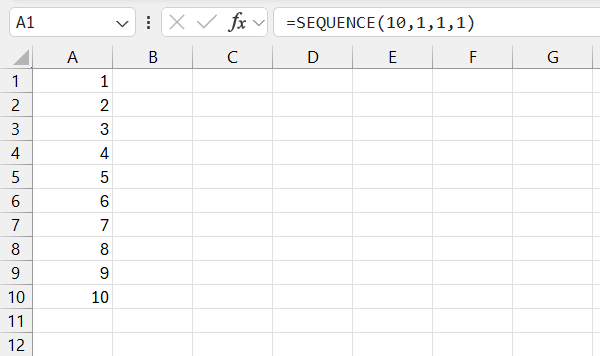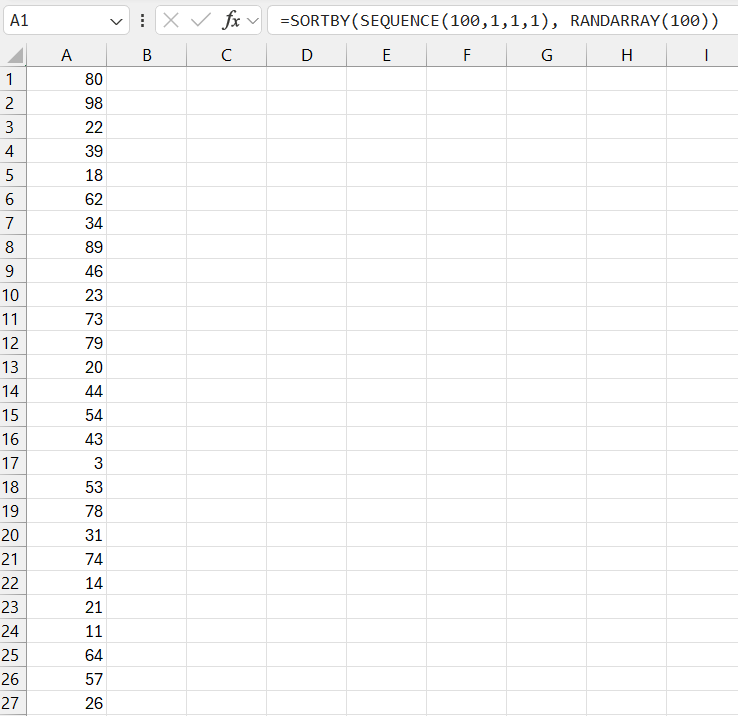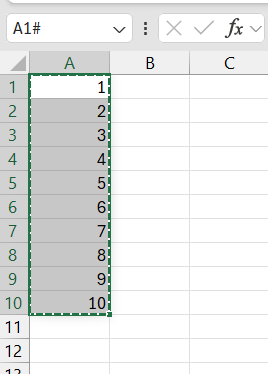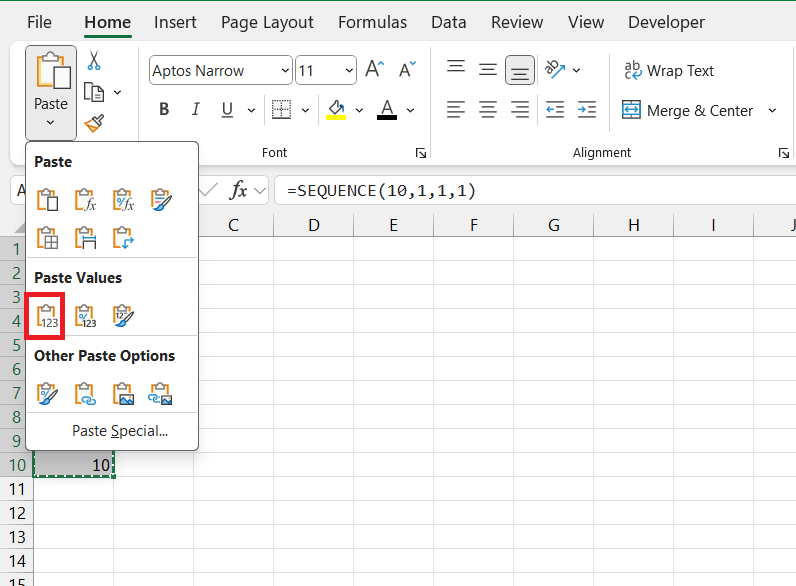

5 Key Takeaways:
- Excel’s SEQUENCE and RANDARRAY functions are pivotal for creating unique random numbers, marking a significant leap from traditional methods.
- The integration of SORTBY and RANDARRAY functions allows for the generation of non-repeating random sequences, ensuring data integrity and diversity.
- Excel’s random number generation tools offer customizable options, catering to a wide range of requirements from simple integers to complex custom lists.
- Unique random numbers find utility in organizing contests, data analysis, and quality control, showcasing Excel’s versatility in handling randomness efficiently.
Introduction to Excel’s Random Number Generation Techniques
The Common Challenges with Random Numbers in Excel
Excel has made life significantly easier for countless professionals by handling complex calculations and data manipulations. However, when you’re working with random generation functions, you might encounter a few common challenges.
Introducing Unique Random Number Without Duplicates
For those who value efficiency and accuracy, Excel’s Ultimate Suite offers a powerful solution. Their universal Random Generator ensures you can avoid duplicates with ease. Here’s why it stands out:
- Instantly Produce Unique Lists: With a few clicks, Excel’s Random Generator fills a range with non-repeating integers, decimal numbers, dates, and even unique passwords.
- Customizable Value Types: Choose from integers, real numbers, dates, Booleans, custom lists, or strings to suit your specific needs.
This advanced functionality is a game-changer for users in need of reliable randomization without the worry of duplication. Ready to up your Excel game? Let’s delve into the dynamic functions at your disposal.
Unveiling Excel’s Dynamic Functions for Unique Randomness
Exploring the SEQUENCE and RANDARRAY Functions
When you need unique random numbers in Excel, SEQUENCE and RANDARRAY functions are your go-to tools. They enable the creation of lists where repetition is off the cards.
SEQUENCE Function:
- Creates a sequence of numbers in an array, following a pattern you specify.
- Highly useful for generating a base list of numbers to randomize.
RANDARRAY Function:
- Produces an array of random numbers between 0 and 1 by default, or within a range you set.
- Introduces randomness, but may include duplicates hence, often paired with other functions for uniqueness.
Harnessing the power of both, you can create non-repetitive, random sequences tailored to your project’s requirements.
Legacy Vs. Dynamic: Understanding Excel’s Evolution in Random Number Generation
Excel’s prowess in number generation has evolved substantially. Here’s how legacy methods stack against dynamic arrays in Excel:
Legacy Methods:
- Relied heavily on the RAND and RANDBETWEEN functions.
- Required manual intervention to remove duplicates.
- Often meant working with static arrays – if you needed to expand or contract your data range, it meant reworking formulas.
Dynamic Arrays (Excel 365 and 2021):
- Offered a paradigm shift with the SEQUENCE and RANDARRAY functions.
- These functions automatically spill results over adjacent cells, making data management much simpler.
- Allows for more advanced, compact formulas and virtually seamless handling of arrays without manually editing cell references.
The dynamic array functionality is a clear sign of Excel’s commitment to staying ahead of users’ needs for more intuitive and potent data manipulation tools.
Step-by-Step Guide to Generating Unique Random Numbers
Setting the Foundation: Creating a Non-Repeating Number Sequence
To create a non-repeating number sequence in Excel, start by laying a solid foundation:
- Begin with the SEQUENCE function to generate a sequential list of numbers. For instance,
=SEQUENCE(10,1,1,1)will create numbers from 1 to 10 in a single column. - Ensure no duplicates by setting your sequence to span enough values considering your upper limits.
This initial step is the basis from which randomness without repetition will be built. Get this right, and you’ve won half the battle.
Crafting Uniqueness: Preventing Duplicates with Advanced Formulas
To craft a unique, non-repeating random number list in Excel, you’ll need to bring your A-game with these advanced formulas:
- Combine
RANDARRAYwithSORTBYto shuffle the sequence. Something like=SORTBY(SEQUENCE(100,1,1,1), RANDARRAY(100))should do the trick, giving you a random sequence without duplicates. - To expand your repertoire of unique values, pair the
RANDARRAYfunction withUNIQUEandSORTBYfunctions to filter out any repetitions.
Excel doesn’t just perform calculations; it’s also a maestro for managing randomness with finesse.
Tips to Keep Your Random Numbers Refreshingly Unique
Locking in Values: How to Stop Random Numbers from Changing
Would you like to keep your random numbers from shuffling every time the spreadsheet recalculates? Here’s the trick:
STEP 1: Copy the Cells: Use Ctrl + C to copy the cells containing your random functions.
STEP 2: Paste Special > Values: Right-click the selected range, then click Paste Special > Values. Or use Shift + F10 followed by V, locking the current random numbers in place.
Make those random numbers stay put, and avoid the hassle of unexpected data changes.
Real-World Examples of Unique Random Number Utilization
Organizing Contests and Draws with Excel’s Unique Numbers
Excel’s unique random numbers are perfect for contest fairness and transparency:
- Lottery or Raffle Draws: Randomly select winners from a participant list without fear of duplicates skewing the results.
- Seating Arrangements: Generate random seat assignments for events, ensuring a mix of attendees.
Using Excel to organize draws maintains integrity and order, making your life as an organizer significantly easier.
Data Analysis and Sampling Made Easier With Non-Repeating Numbers
Non-repeating numbers streamline data analysis and sampling:
- Stratified Sampling: Randomly select samples from subgroups without overlap, providing better insights.
- Quality Control: Randomly inspect items or services to maintain high standards.
Excel’s non-repeating numbers help avoid bias, increasing the reliability of your analytical results.
FAQ: Mastering Unique Random Numbers in Excel
Why Do I Keep Getting Duplicate Numbers When Using Excel’s Random Functions?
Duplicates may occur when using functions like RANDBETWEEN because each number is generated independently without considering previously generated numbers. Opt for combinations of RANDARRAY, SEQUENCE, and SORTBY to ensure uniqueness.
Can I Generate a List of Unique Random Numbers That Follows a Specific Pattern?
Yes, you can use the SEQUENCE function to create a patterned list and then apply RANDARRAY and SORTBY to shuffle it, maintaining the pattern without duplicates.
How Can I Ensure My Random Numbers Don’t Change Every Time I Open Excel?
To keep random numbers static, copy them (Ctrl + C) and use Paste Special > Values (right-click, select Paste Special, then Values or use Shift + F10, then V) to replace formulas with their current values.
How to generate random positive numbers without duplicates in excel?
To generate random positive numbers without duplicates in Excel, employ the RANDARRAY and UNIQUE functions together, or use the Random Generator feature from Ablebits Ultimate Suite and enable the ‘Unique values’ option.
What methods do you use to create lists of random numbers?
I use the RAND or RANDBETWEEN functions for basic lists. For non-duplicates, I combine RANDARRAY with UNIQUE and SORTBY, or I use an add-on like Ablebits’ Ultimate Suite which simplifies the process.
John Michaloudis is a former accountant and finance analyst at General Electric, a Microsoft MVP since 2020, an Amazon #1 bestselling author of 4 Microsoft Excel books and teacher of Microsoft Excel & Office over at his flagship MyExcelOnline Academy Online Course.











